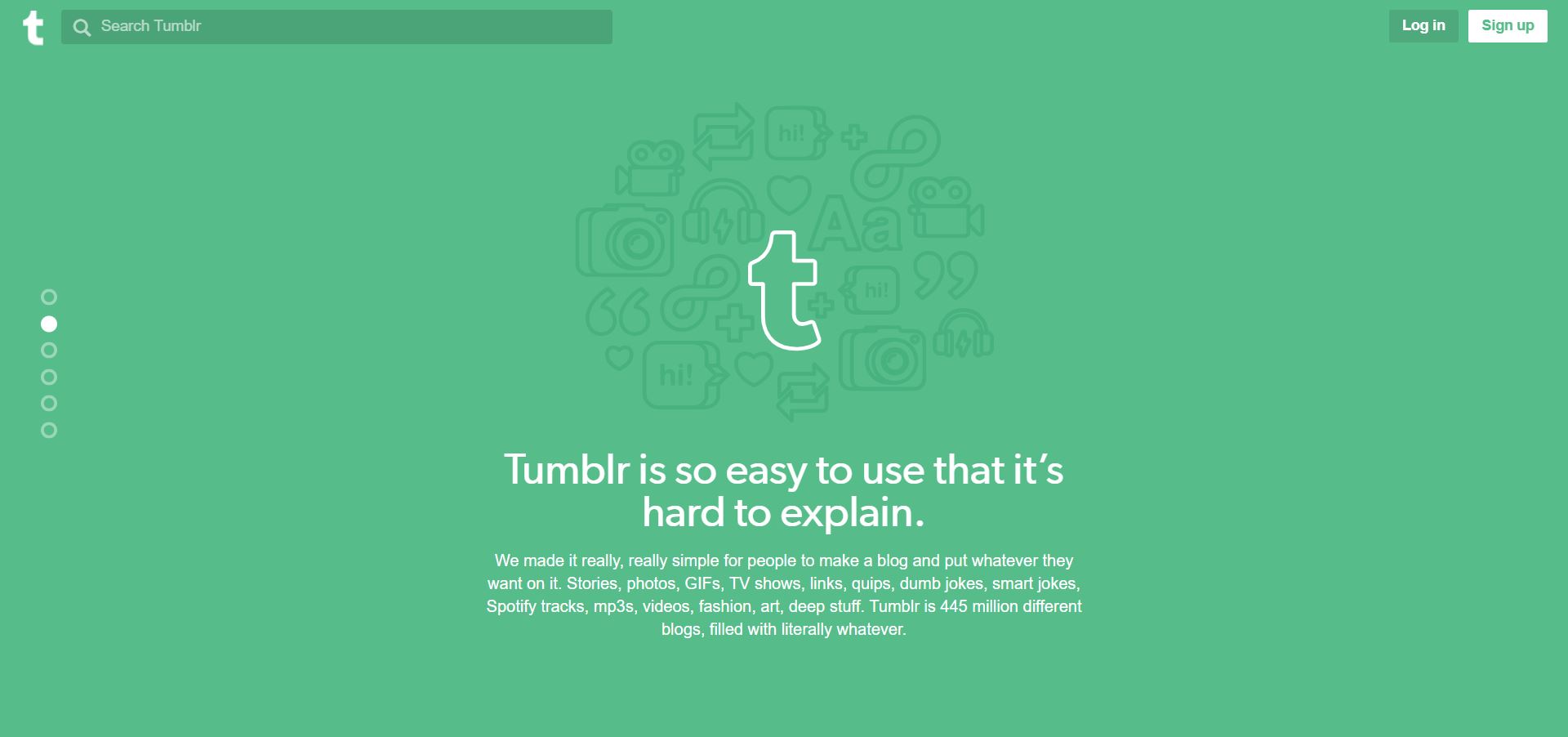Last Updated on 10/01/2020 by Chris Gampat
Every photographer once saw Tumblr as a powerful platform for their craft. But, is it still the case today?
Just a few years after Tumblr came out in 2007, it was one of the hippest blogging platforms where you can get your creative works seen. One of the most popular ways to spread the word about your work was by linking your posts to your Flickr account, so people could see more and follow you there. Because creating posts and customizing the look of Tumblr blogs is easy, it quickly became one of the go-to venues for photographers to build a proper portfolio. But given all the new cool platforms today, does Tumblr still have a place in every photographer’s online presence?
Finding out whether this 11-year-old blogging site is still relevant to photographers today may not matter anymore to most. But for those who are just getting started and are still figuring out how to put their work out there, they may still want to know if it’s worth the bother. After all, you have to weigh all your options, especially if it’s simple to set up, cost-effective, and can potentially connect you to hordes of followers. You may even make it on top of the pile, if you get “popular” enough.
Take for example some photographers I found by searching the site for “photographers on tumblr”. All of them I saw consistently on the results after a number of searches spread on several days. So I thought there would be no better people to ask for their insights and help us get a picture of whether Tumblr is still worth having or keeping for photographers today.
Kyle Bonallo, a hobbyist photographer who works full time as a web developer in Edinburgh, has been posting his photos on Tumblr for a good 7 years. Erik Lee Snyder, a full-time photographer who specializes in portrait, reportage, and advertising photography, joined Tumblr in 2010. Frederick Ardley, whose work is focused on dramatic landscapes and nostalgic portraiture, began his photography journey on Tumblr in 2012, several months after a “life-changing” trip to the Himalayas.
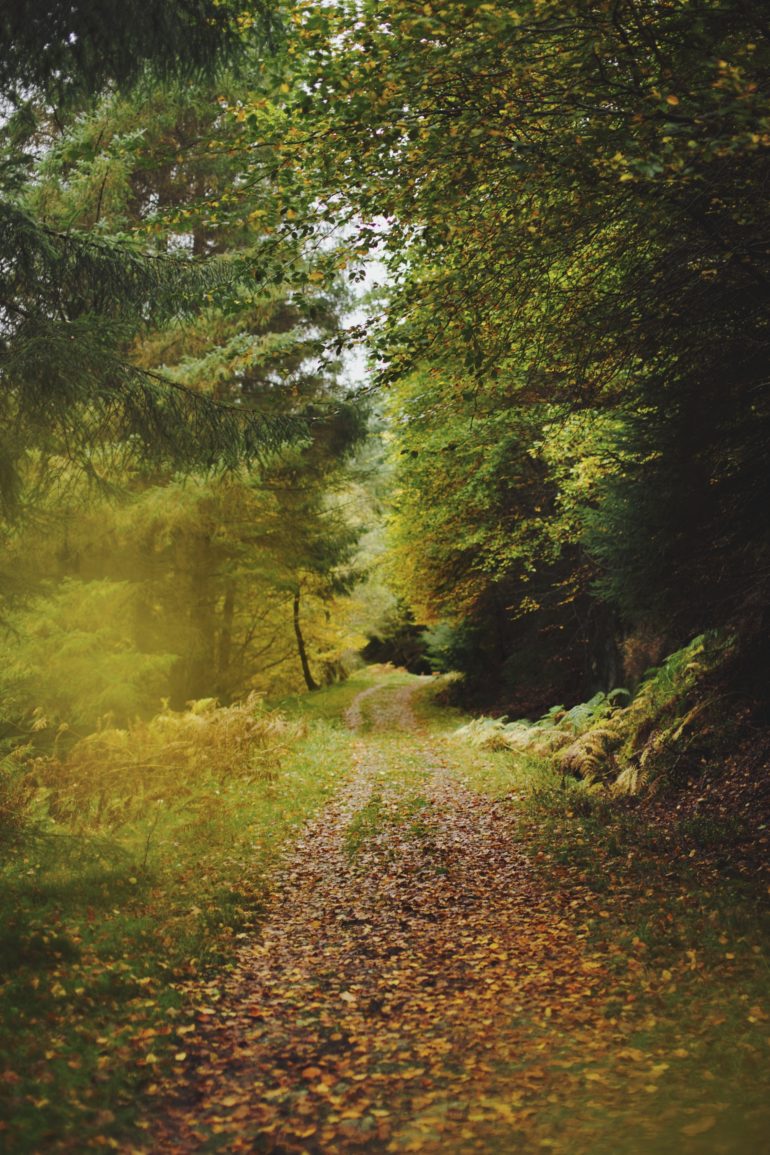
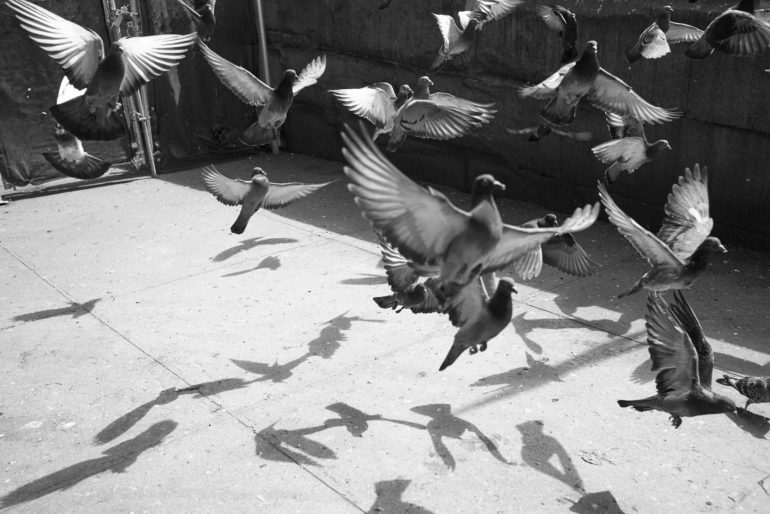
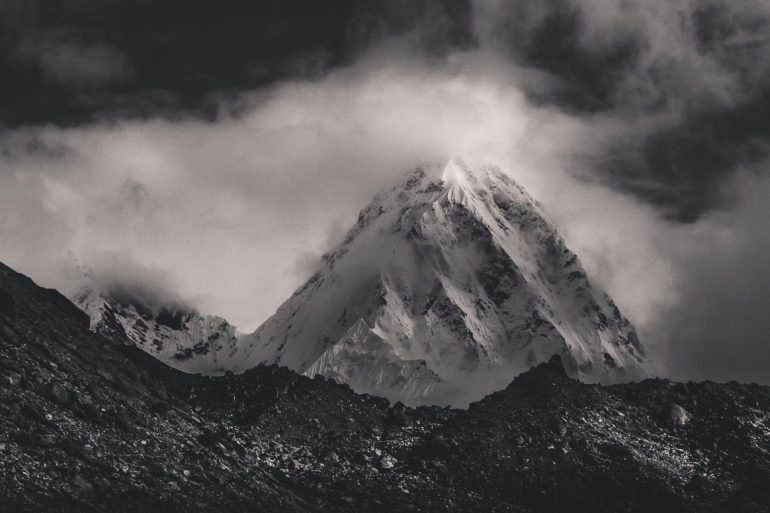
Starting out with Tumblr
Photographers like Kyle, Erik, and Frederick, who began their Tumblr journey between 2010 to 2015, were among the lucky ones who enjoyed and contributed to what we can consider the Golden Age of the platform. They reaped the benefits of this blogging era. Amidst all the pop culture posts, reblogs, and memes that circulated, their photos were among stood out as some of the most original and creative posts that everyone soon wanted to do as well.
It’s also worth noting that Tumblr seems to have come around at a perfect time for photographers and creative professionals. Photography was becoming an increasingly popular and experimental hobby, especially with the advent of the analog resurgence and Instagram filters soon after. Photographers of all skill levels dabbling in every kind of genre out there needed a place to showcase their work. Everyone wanted to get the word out about their latest creative pursuits, progress reports, and artworks for sale. Tumblr was one of the best places to get started.
Tumblr as a portfolio site
With the popularity of Tumblr among creatives came the idea to build their portfolios on the platform. Since users can have more than one blog under their accounts, it became common for them to have a separate blog for stuff like reblogs and personal posts, and another for photo blogs and portfolio sites. This, it seems, could be how tags like “photographers on tumblr” or “artists on tumblr” came about.
Tumblr became the main photography showcase for years for Kyle, Erik, and Frederick, but not necessarily for professional work. “It was mostly used to just put up anything I felt like sharing,” said Erik. For Frederick, it was the only place for years where he posted his photographs, and remembers it “being a really useful platform to continue to share and display my work for a long time.”
Kyle also summed up what made Tumblr an enticing portfolio venue for photographers and other creatives. “Tumblr gives its users a lot of control over layout and customization, as well as the ability to add a custom domain to their blog. It’s kind of like having your own website without having to worry about hosting complexities or image uploading — all for free.”
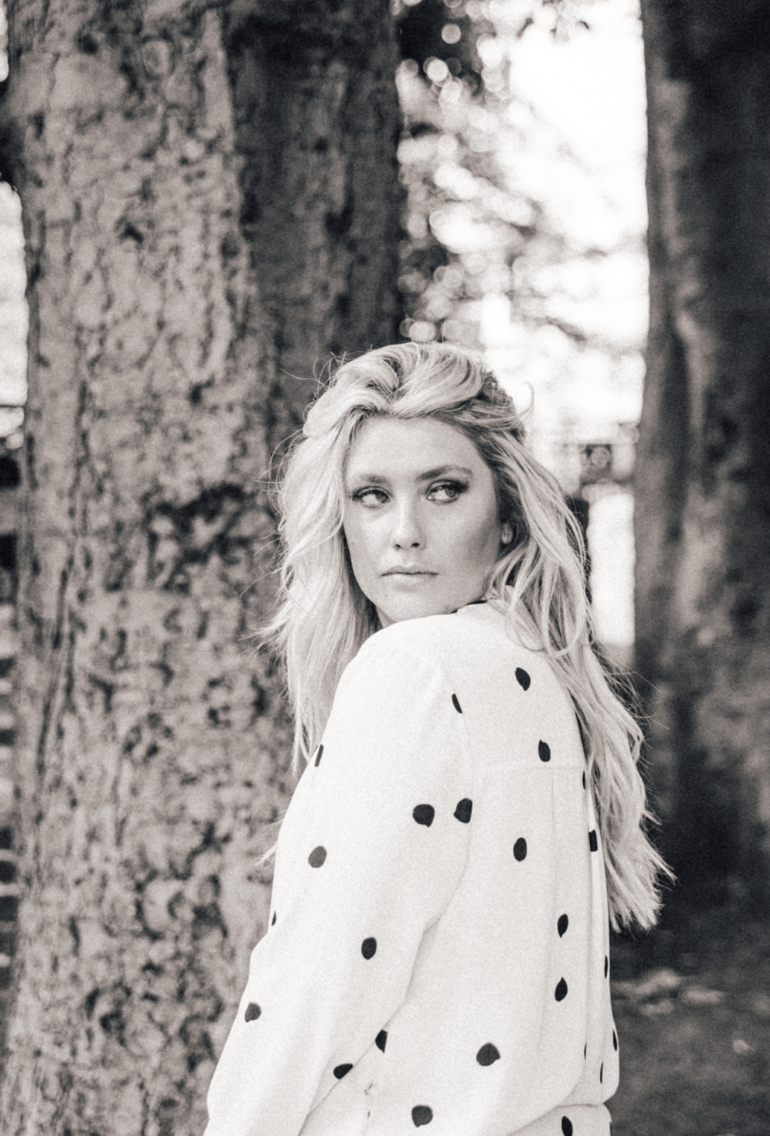
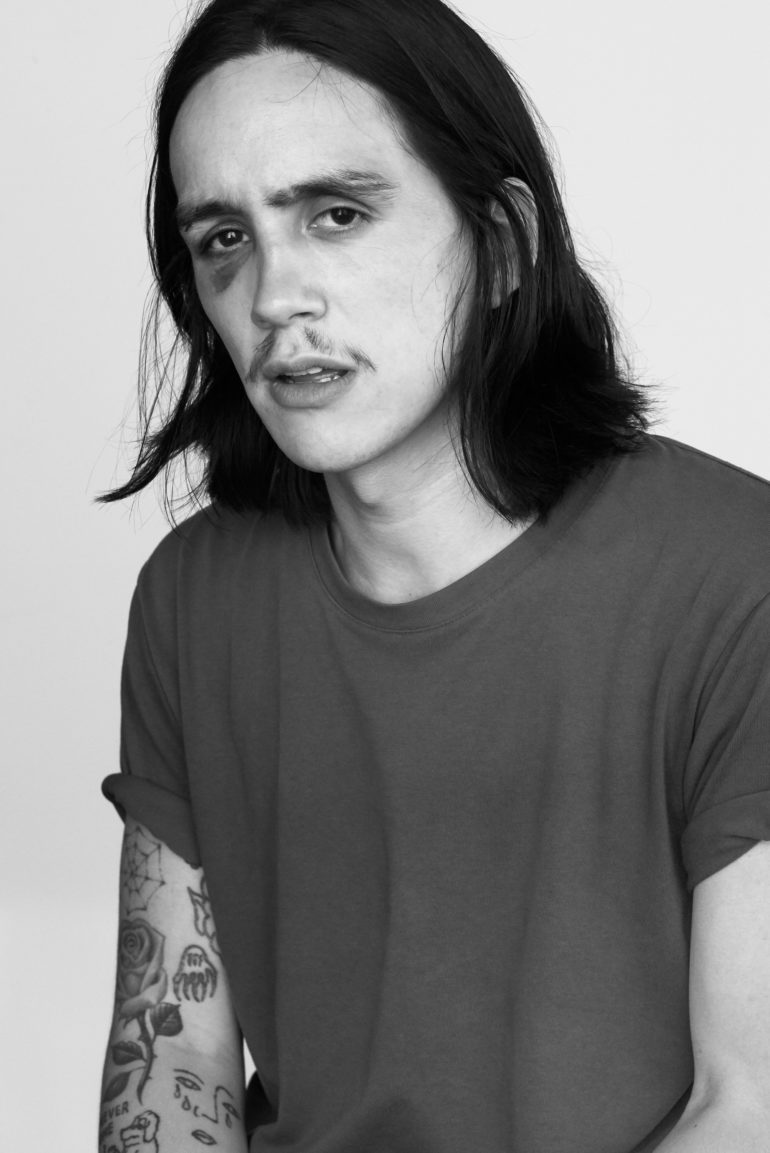
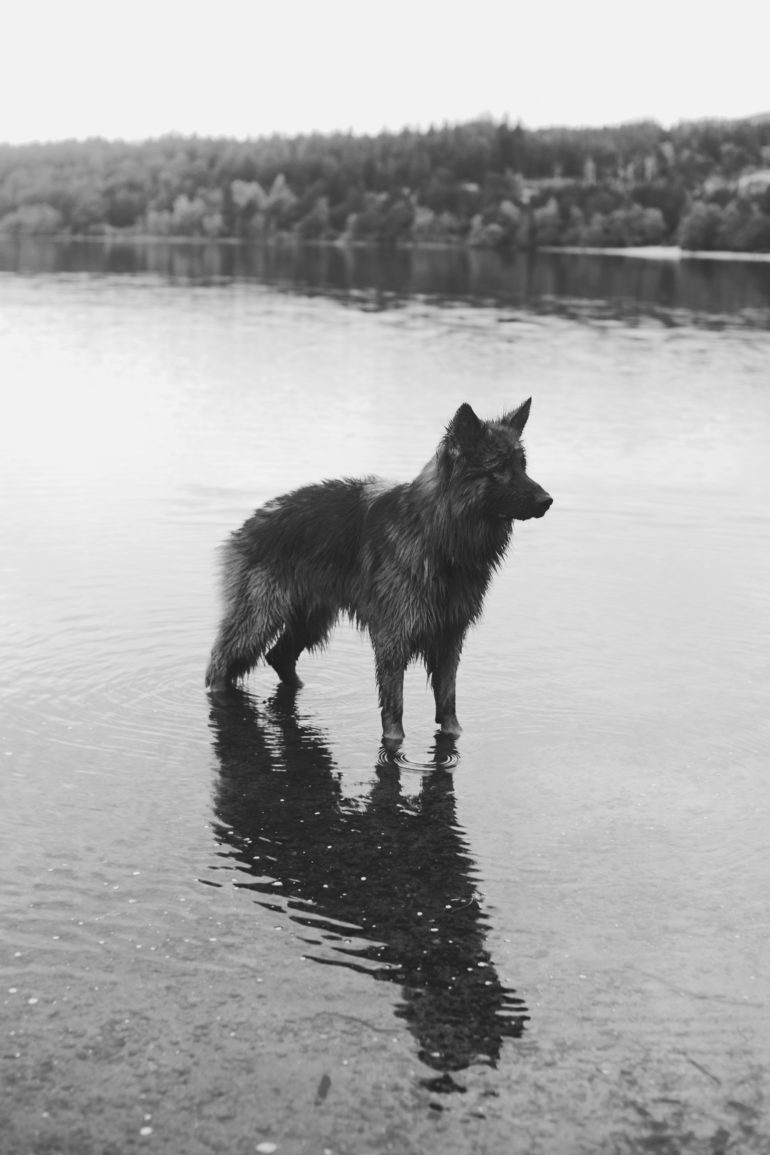
Draws and issues
Apart from the ease of use, customization features, and the custom domain option, Kyle cited high quality image uploading and post scheduling as other major draws of the platform. The community These are most likely why Tumblr was, at some point, remained a more popular venue for posting and sharing work over Facebook Pages and Groups.
One thing that I personally found potentially risky, despite the premise of getting a post to go “viral”, was the Reblog function. When you sign up and post on Tumblr, you are also allowing other users to repost your content through this function. I thought this was tricky for photographers who are very protective of their work and aren’t comfortable with seeing their posts on someone else’s blog without asking permission. Some layout customizations have also made the credits to the original poster obscure or confusing, especially with too many reblogs.
Our three photographers, however, didn’t have any problems with it, understanding that it’s part of how works get seen by as big of an audience as possible.
“The more people that see my work the better. Tumblr has improved the way credit stays attached to blog posts over the years. I think at the end of the day, as long as people aren’t maliciously removing credit, and profiteering off my work, I’m completely fine with my work being shared,” Frederick explained.
For Erik, “there’s nothing you can do aside from cheesy watermarks” if you’re really that iffy about not getting properly credited. Frederick adds that posting your stuff online always carries the risk of being used commercially or otherwise, without your permission. “Of course, no matter what you do, any photograph on the internet has the ability to be used with out your knowledge or consent,” Frederick added.
Kyle also has lax perspective, on the context of someone who doesn’t make money from photography, and under the opinion that the industry has changed a lot over the recent years. “These days I see careers built on the ability to engage an audience and build a following with photography. Getting exposure to an audience is one of the most important things you can work for these days, so I would never complain about a photo of mine being shared or reblogged to a wider audience — with or without proper accreditation. To me, it means people like my work so that’s always humbling to see. I take great satisfaction and motivation in seeing a photo of mine be shared across the site, so that’s worth more to me than whether it was credited correctly or not.”

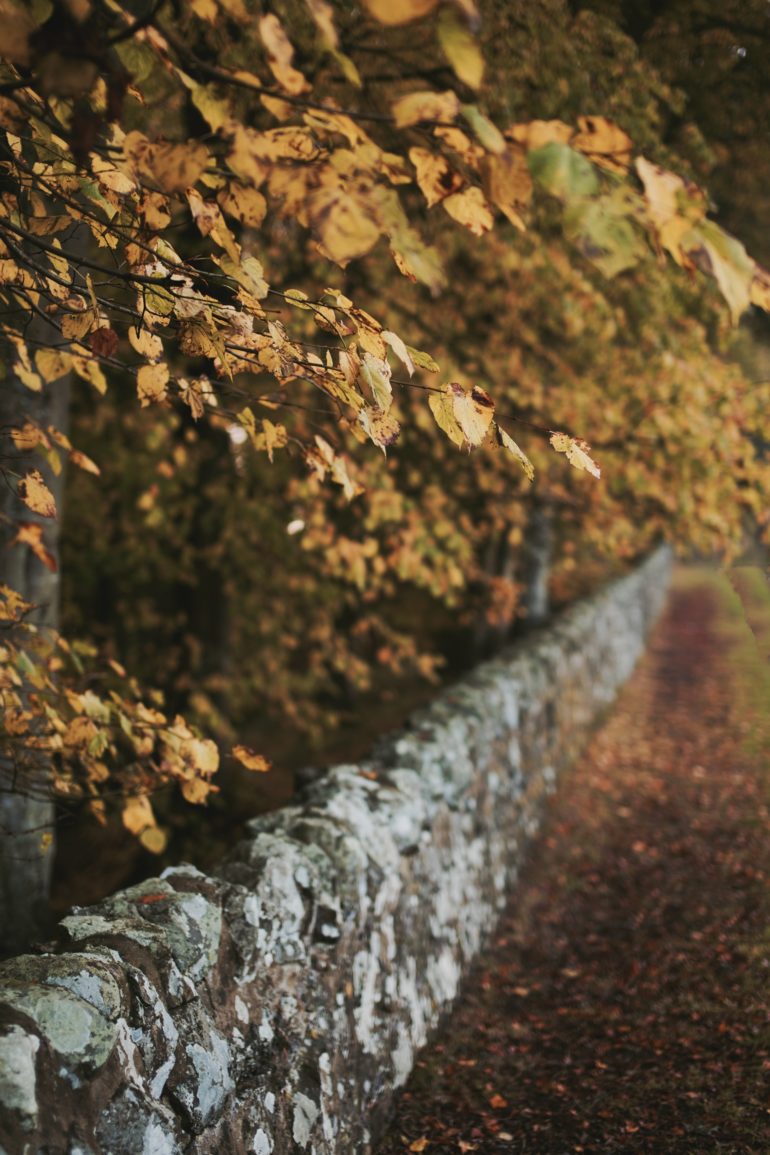
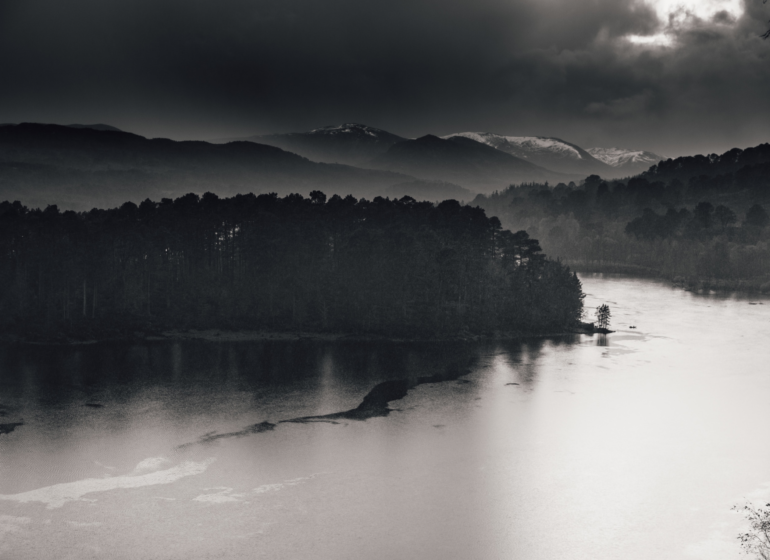
Tumblr has tumbled down
Despite the pros, there’s no such thing as a perfect platform and Tumblr was eventually overtaken by newer, more progressive platforms, particularly Facebook and Instagram. There are also more engaging and inspiring websites now — like Behance — that are especially dedicated to helping creatives build platforms and interact with a more interactive community, and give them more ways to protect their work.
Erik sees the platform as obsolete and haven’t paid attention to it in years; he instead finds that Instagram has leveled the playing field. Kyle and Frederick have likewise noticed that the user and community interactions have become quieter, and event the engagement completely bottoming out.
“It’s become hard work to get your work to go ‘viral’ in the same way it did before. It doesn’t really make sense either. The blog constantly continues to grow with a steady 100-200 new followers per day. So either Tumblr has some sort of serious bot problem (I have noticed thousands of empty blogs) or many more people just no longer use the platform. It’s a really hard point to put your finger on and it’s certainly become a discouraging aspect to post new work.”
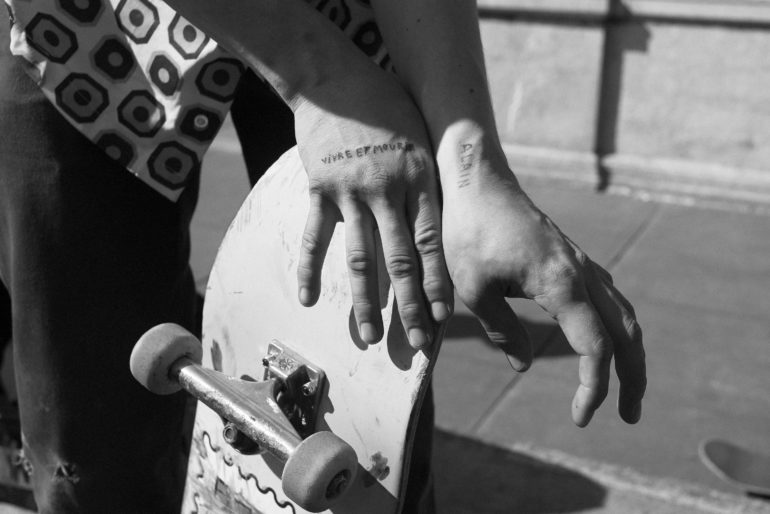

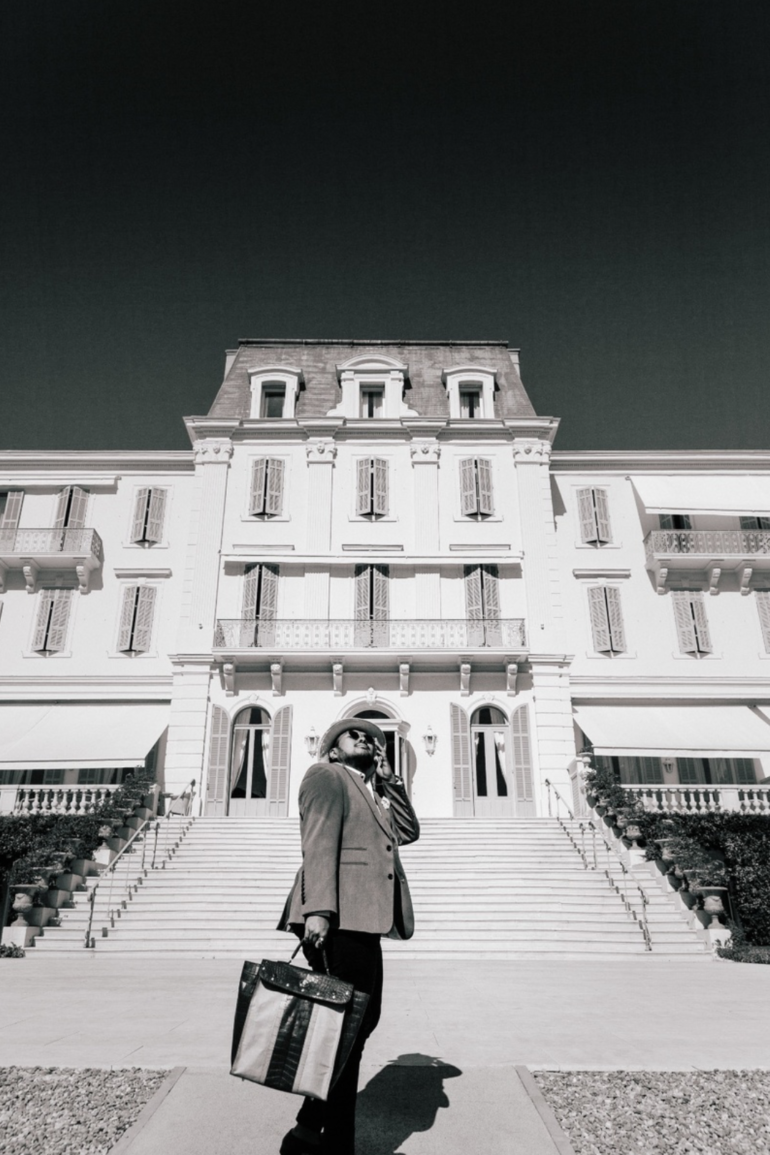
Should photographers still use Tumblr today?
The short answer is, it depends on your goal/s for keeping a Tumblr blog. Based on my chats with Kyle, Erik, and Frederick, most professional photographers have already moved on from the platform, but it can’t hurt if hobbyists still want to keep or start one for all its worth.
“I wouldn’t really recommend it because it seems like a dead platform for the working professional. There’s definitely no harm in using it but I don’t feel like creative professionals use Tumblr anymore,” Erik said, and I’m sure many share his opinion.
Tumblr remains a great place to upload images for Kyle, and even create an online portfolio of your work if that’s something of interest. “But the platform itself has some downsides and elements to it that are conflicting, and it has a lot of questionable content on there,” he cautions. “This is something I hope that the staff and management at Tumblr are best placed to handle and make the right decisions for their users over time.”
If you’ve built a strong follower base like Frederick has, it couldn’t hurt to keep posting once in a while and not let that go to waste. “I still think it’s worth having. I have a sentimentality towards it, it keeps me occasionally posting. The main draw for me, personally, is the 430K followers I have built up over the past 6 years. It’s a big audience, and certainly my only way of getting my work in front of so many people.”
Special thanks to Kyle Bonallo, Erik Lee Snyder, and Frederick Ardley for sharing their insights and photos with us. Do check out their websites (and follow them on Tumblr) below to see more of their work:
Kyle Bonallo
Erik Lee Snyder
Frederick Ardley
All photos used with permission from Kyle Bonallo, Erik Lee Snyder, and Frederick Ardley


